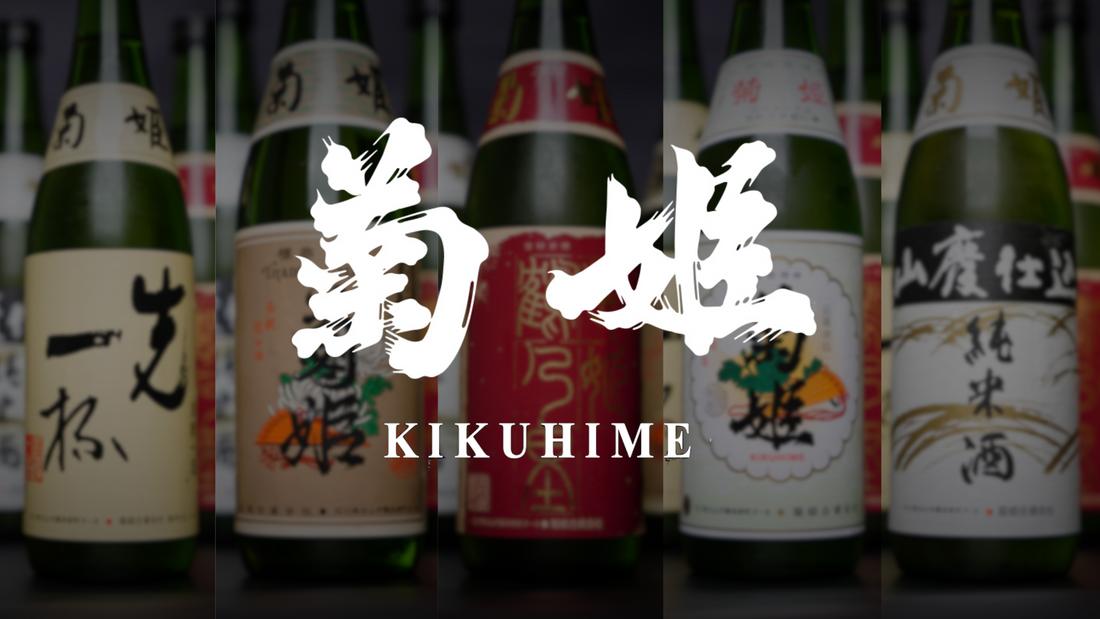
Kikuhime - Crafting Timeless & Authentic Sake Unaffected by Trends
Greetings from JUN and a happy new year! Time really does fly and 2023 is now a cherished memory. Last year brought forth numerous events with sake and wine makers, many sake shipments, old time favourites and deliveries. As we step into the new year, we are thrilled to feature Kikuhime in our lineup of new stocks. In alignment with Kikuhime's philosophy that "good sake can only be made from good raw rice," we embark on the year with a shared commitment to quality and the simplicity of our products, aiming to create memorable experiences.
The History
Founded in 1573 by the Yanagi family in Ishikawa Prefecture, Kikuhime Brewery has a rich history that traces back to the Onin War. It is believed that the family fled from Kyoto when the Nobunaga clan seized the Shogun title. The family relocated about 130 miles north of Kyoto, settling in a valley at the base of Mt. Hakusan and later became landowners who crafted sake from the excess rice of their harvest. Following World War II’s land reforms, the family sold their lands to local farmers, retaining their sake business but with no steady rice source. At a time when most small breweries sought to produce sake inexpensively, Kikuhime chose to source the best possible sake rice in the country, pointing them to the Yokawa region of Hyogo.
When other breweries pursued light and delicate Ginjo styles, Kikuhime adapted their traditionally bold and rich style popular among the workers of Ishikawa Prefecture to a more nuanced Ginjo style, retaining its bite and structure. In the 1970s and 80s, they pioneered the revival of the traditional Yamahai method.
100% Yamadanishiki
Kikuhime is particularly proud of their natural resources which are optimal for producing sake. In addition to the pristine Mt. Haku water, they strictly only use the best Yamadanishiki, the king of sake rice variety, sourced from contracted local rice farmers in Yokawa, Hyogo, which is designated as a special AAA region, the highest rank among the Special A regions despite the high costs and limited supply.
A Strong Advocate of Aged Sake
The team has also explored the art of aging sake at low temperatures, waiting anywhere from a standard 6 months to 10 years or more. While nuttiness is common in many aged sake, Kikuhime’s mellows and deepens, developing layers of flavour and subtle aromatics. Only the minimum amount of activated charcoal is used, usually to remove the natural yellow tinge of sake, as they value the flavour obtained through brewing and aging.
Prized by chefs and restaurants for its nuanced pairings, and by collectors who enjoy the subtleties that evolve over the years, Kikuhime is undoubtedly a must-try.
